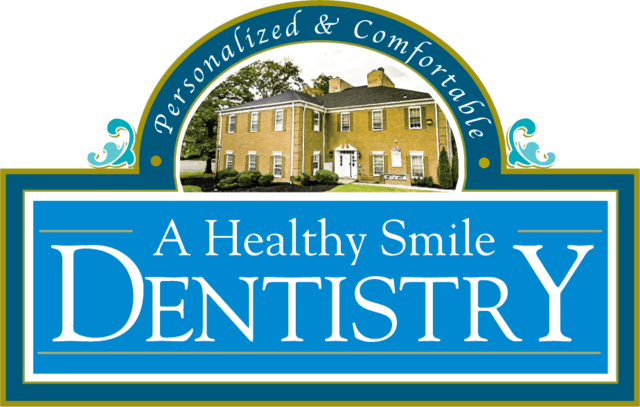A radiant smile often reflects confidence and personal care. Many individuals seek cosmetic and restorative dental procedures to correct imperfections, improve oral health, and enhance aesthetic appeal. These procedures, however, can involve significant costs, making dental insurance an essential consideration. Dental insurance plans play a vital role in bridging the gap between necessary treatments and affordability, enabling individuals to access advanced dental care without compromising their finances.
Cosmetic dentistry encompasses treatments designed to improve the appearance of teeth, gums, and bite. Popular procedures include teeth whitening, veneers, bonding, and reshaping. Restorative dentistry focuses on repairing and restoring function to damaged or missing teeth, including crowns, bridges, implants, and dentures. While both fields serve different purposes, they often overlap, and insurance coverage can make the difference between delaying treatment and receiving timely care.
Importance of Dental Insurance in Cosmetic Dentistry
Cosmetic procedures are often perceived as elective, yet they carry significant benefits beyond aesthetics. Correcting misaligned teeth or damaged enamel can improve oral hygiene, prevent further deterioration, and enhance self-esteem. Dental insurance plans help offset costs associated with:
- Porcelain veneers and dental bonding
- Professional teeth whitening treatments
- Cosmetic reshaping of teeth
- Orthodontic interventions for adults
Without insurance coverage, patients may defer these procedures, risking long-term dental complications and higher future expenses. By including cosmetic treatments in their coverage, dental insurance plans provide financial flexibility and access to high-quality care.
Role in Restorative Dentistry
Restorative dentistry addresses structural issues caused by decay, trauma, or wear and tear. Missing, broken, or severely damaged teeth can compromise chewing ability, speech, and overall oral health. Insurance coverage ensures patients can access necessary procedures promptly, which reduces complications and improves outcomes. Key restorative procedures supported by dental insurance include:
- Crowns and bridges
- Dental implants
- Root canal therapy
- Full or partial dentures
Delaying restorative treatments due to financial constraints often leads to more invasive procedures, additional discomfort, and longer recovery times. Dental insurance plans minimize these risks by covering a significant portion of the costs, making restorative care more manageable.
Financial Advantages of Dental Insurance Plans
Investing in dental insurance plans for cosmetic and restorative care provides long-term financial benefits. Some of the key advantages include:
- Predictable Expenses: Insurance helps avoid unexpected high bills for major dental procedures.
- Preventive Coverage: Many plans include routine checkups and cleanings, reducing the likelihood of severe dental issues.
- Discounted Treatments: Network providers often offer reduced rates for insured patients.
- Access to Advanced Care: Insurance makes advanced procedures like implants and veneers more affordable.
- Protection Against Emergencies: Immediate coverage for unforeseen dental trauma ensures timely treatment without financial strain.
Factors to Consider When Choosing a Plan
Selecting the right dental insurance plan for cosmetic and restorative care requires careful evaluation. Professionals and patients alike should consider:
- Coverage Limits: Ensure the plan provides sufficient coverage for high-cost procedures like implants or full-mouth restorations.
- Waiting Periods: Some plans have waiting periods before major procedures are covered; review these terms carefully.
- Network Restrictions: Check if preferred dentists and specialists are included in the plan’s network.
- Cost-Benefit Analysis: Balance monthly premiums with potential savings on procedures.
- Procedure Classification: Understand which procedures are categorized as cosmetic versus restorative to anticipate out-of-pocket costs.
Enhancing Oral Health Through Combined Care
Cosmetic and restorative dentistry are interconnected. Treatments that improve appearance often enhance oral function, while restorative procedures can support aesthetic improvements. For instance, a patient may receive a crown to restore a damaged tooth and later pursue whitening or veneers to achieve uniform aesthetics. Dental insurance plans support both aspects, enabling a holistic approach to oral health without financial compromise.
Tips for Maximizing Benefits
- Schedule regular preventive visits to maintain eligibility for major coverage.
- Keep records of previous treatments to streamline insurance claims.
- Consult with dental professionals about cost-effective alternatives covered by your plan.
- Compare multiple dental insurance plans to find the best combination of coverage and affordability.
Impact on Patient Confidence and Well-being
Access to dental insurance for cosmetic and restorative procedures not only reduces financial stress but also significantly enhances psychological well-being. Patients are more likely to seek necessary treatments when they know a portion of the cost is covered, leading to:
- Improved self-esteem
- Enhanced social interactions
- Reduced anxiety about dental procedures
- Better long-term oral health outcomes
Common Misconceptions
Several misconceptions surround dental insurance for cosmetic procedures. Many assume insurance only covers emergency or medically necessary treatments. However, certain dental insurance plans do provide partial coverage for selected cosmetic procedures, especially when they improve function or address structural damage. Understanding the nuances of coverage ensures patients maximize their benefits while maintaining oral health and aesthetics.
Future Considerations
As dental technology continues to advance, cosmetic and restorative procedures are becoming more sophisticated and costly. Dental insurance plans that adapt to emerging procedures can provide patients with continued access to cutting-edge treatments. Staying informed about plan options and coverage updates ensures that financial considerations do not hinder optimal dental care.
Conclusion
Dental insurance for cosmetic and restorative dentistry is no longer a luxury; it is a practical solution for individuals seeking quality oral care. By bridging the gap between costly procedures and patient affordability, dental insurance plans enable access to advanced treatments, promote oral health, and enhance personal confidence. Properly selected plans not only protect finances but also empower patients to prioritize long-term dental wellness.

